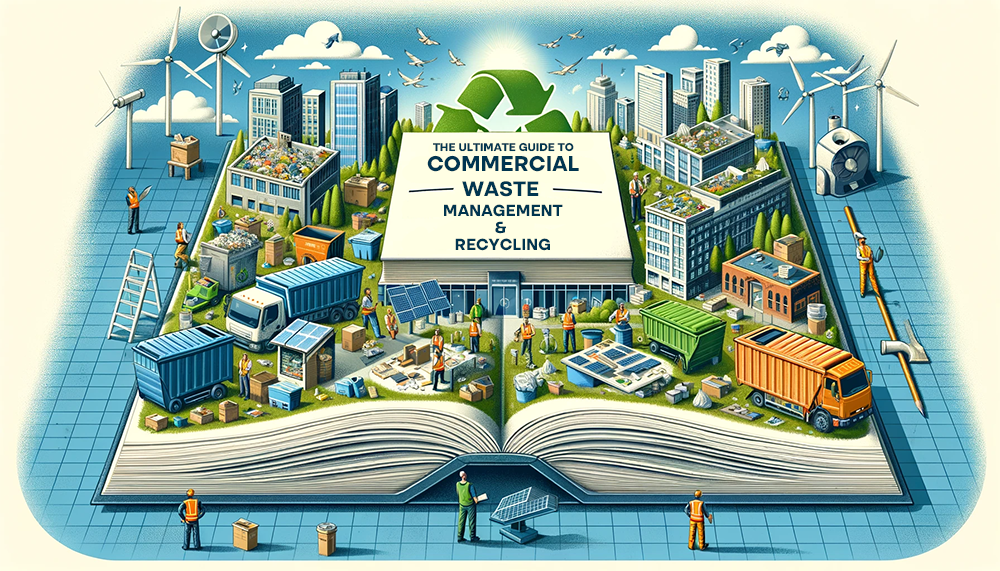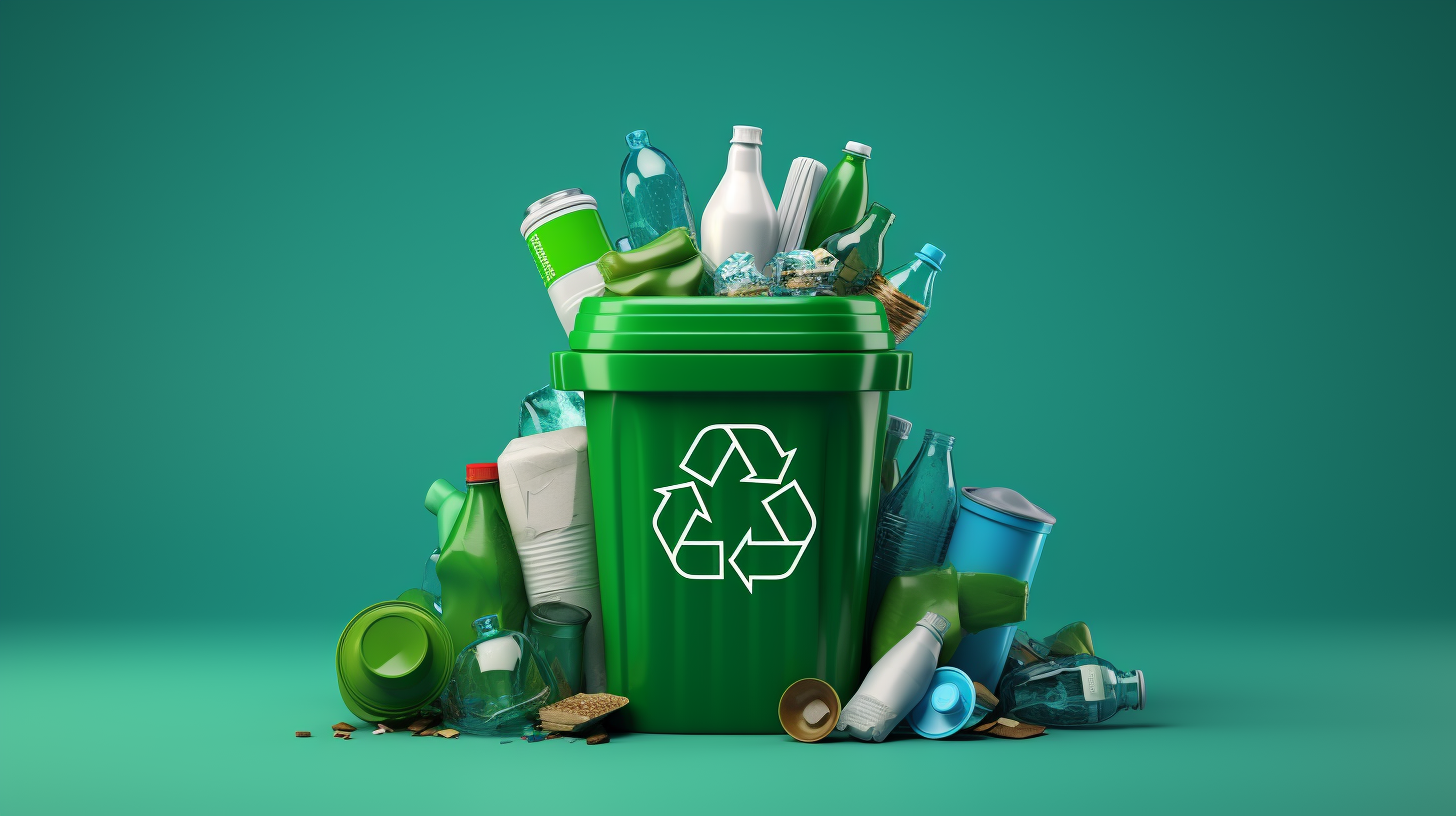The Effect of Recycling Lives Services on Communities and the Environment
The Effect of Recycling Lives Services on Communities and the Environment
Blog Article
Comprehending the Classification and Handling of Different Types of Waste
Reliable waste management is critical for ecological sustainability, requiring an extensive understanding of the classification and handling of various waste types. Household waste, industrial spin-offs, dangerous products, digital refuse, and organic residues each necessitate distinct methods to guarantee safety and security and reduce environmental damages. Carrying out proper segregation, treatment, and disposal techniques is important to minimize damaging ecological influences and promote source conservation. As an example, the composting of organic waste contrasts greatly with the intricate procedures needed to handle harmful materials. This diverse method to squander monitoring emphasizes its complexity and the important demand for specialized knowledge in this domain.

Household Waste
House waste, encompassing a wide variety of disposed of products produced from day-to-day living tasks, represents a significant element of the general waste stream - recycling lives services. This group includes organic waste such as food scraps, yard trimmings, and paper products, alongside inorganic materials like plastics, steels, and glass. The diverse nature of house waste requires efficient category and management to alleviate ecological influence and advertise lasting living practices
Reliable household waste administration begins with segregation at the source, helping with recycling, composting, and safe disposal. Organic waste, for example, can be composted to generate nutrient-rich dirt modifications, lowering landfill problem and boosting dirt health and wellness. Recyclable products, consisting of paper, glass, and specific plastics, can be processed and repurposed, minimizing and conserving sources power usage related to brand-new material manufacturing.
Moreover, harmful home waste such as batteries, digital tools, and cleansing chemicals needs specialized handling to stop soil and water contamination. Public understanding projects and hassle-free disposal alternatives play essential duties in guaranteeing appropriate disposal and recycling of these materials. By implementing robust waste decrease strategies and promoting community involvement, towns can considerably reduce the environmental footprint of house waste.
Industrial Waste
Industrial waste, a major contributor to global waste generation, encompasses a varied array of materials produced by production, construction, and various other commercial activities. Reliable administration of industrial waste is critical for decreasing ecological effect and promoting sustainable practices.
The handling of hazardous waste typically includes numerous procedures: collection, partition, disposal, and therapy. Collection systems are developed to efficiently collect waste products from numerous resources within a commercial operation. Segregation is essential, as it ensures recyclable materials are divided from non-recyclable ones, which can be guided towards appropriate recycling or disposal networks. Treatment procedures, consisting of physical, chemical, and biological approaches, are employed to decrease the toxicity, volume, and environmental influence of the waste. Finally, disposal techniques like landfilling or incineration are used for waste that can not be reused or treated.
Embracing techniques such as waste reduction, resource healing, and recycling can considerably reduce the problem of industrial waste on the setting, adding to even more lasting industrial practices.
Contaminated Materials

Harsh wastes can harm or ruin living materials and tissues. Flammable wastes can conveniently stir up, presenting fire hazards, while reactive wastes can create explosions or launch toxic gases upon contact with various other compounds.
Efficient contaminated materials management involves numerous key techniques: identification and partition of unsafe materials, risk-free transport and storage, and ideal treatment and disposal. Therapy approaches might include chemical stablizing, neutralization, and incineration. Governing conformity is vital, directed by frameworks such as the Source Preservation and Recovery Act (RCRA) in the United States, which makes sure risk-free and eco sound management of harmful waste.
Electronic Waste
Digital waste, commonly abbreviated as e-waste, stands for an expanding challenge in waste management Go Here due to the rapid obsolescence of innovation. This group includes a broad series of thrown out digital tools, including smartphones, computer systems, televisions, and family home appliances. The intricacy of e-waste exists in its composition; these things contain a mixture of important products such as gold and copper, along with hazardous materials like cadmium, mercury, and lead.

Regulations and guidelines, such as the European Union's Waste Electric and Electronic Devices (WEEE) Instruction, purpose to promote accountable e-waste management. These plans mandate makers to help with the collection and recycling of electronic items, consequently minimizing the concern on landfills and lessening ecological contamination.
Organic Waste
Organic waste, incorporating eco-friendly products such as food scraps, backyard trimmings, and farming deposits, constitutes a significant portion of the municipal check it out solid waste stream. This kind of waste is significant not just for its quantity but likewise for its potential environmental impact otherwise handled correctly. Organic waste can decompose anaerobically in landfills, generating methane, a powerful greenhouse gas adding to climate change.
Correct handling of organic waste includes several techniques. Composting is an extensively adopted method, transforming natural products into valuable garden compost that can improve soil and assistance sustainable farming. This process likewise decreases the quantity of waste sent out to landfills. An additional strategy is anaerobic digestion, which damages down natural matter in the absence of oxygen, producing biogas that can be used as a renewable resource resource. Furthermore, drawing away food waste from landfills via contribution programs can reduce food insecurity while lessening waste.
Municipalities and organizations are significantly acknowledging the significance of natural waste monitoring. Carrying out thorough natural waste reusing programs not only alleviates environmental impacts but also lines up with more comprehensive sustainability objectives, advertising a circular economy where sources are continuously reused and repurposed.
Conclusion
Effective waste monitoring and ecological protection require a thorough understanding of the classification and handling of different waste types. Applying proper methods for go to this website each waste type makes certain risk-free and liable waste management practices, inevitably contributing to the defense of ecological communities and public wellness.
Efficient waste monitoring is essential for ecological sustainability, needing a thorough understanding of the category and handling of different waste types.Family waste, including a wide range of discarded products produced from day-to-day living tasks, stands for a significant part of the overall waste stream.Industrial waste, a major factor to international waste generation, encompasses a varied array of materials created by production, building, and other industrial tasks (recycling lives services).Unsafe waste, a vital problem in waste monitoring, makes up products that posture considerable dangers to human wellness and the environment due to their harmful, destructive, combustible, or reactive residential properties.Organic waste, encompassing eco-friendly materials such as food scraps, backyard trimmings, and agricultural deposits, makes up a significant part of the metropolitan solid waste stream
Report this page